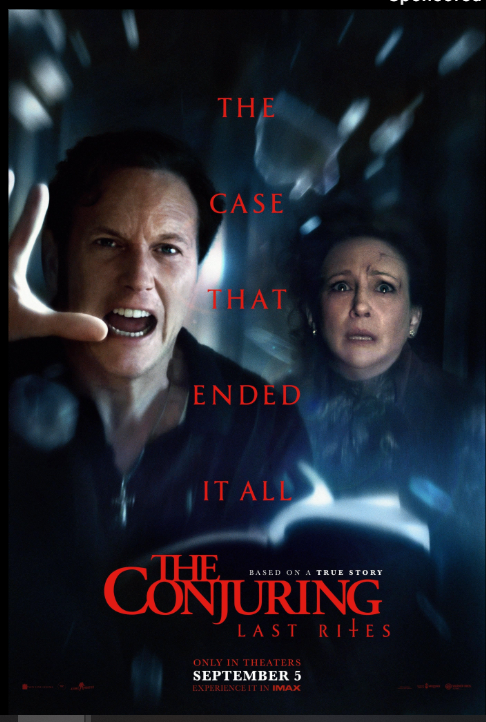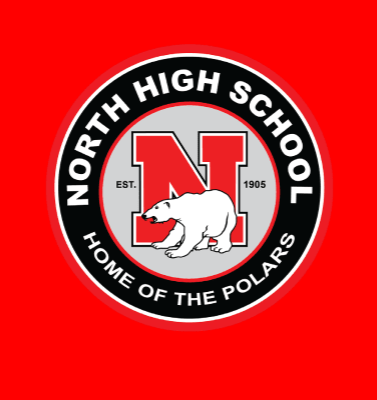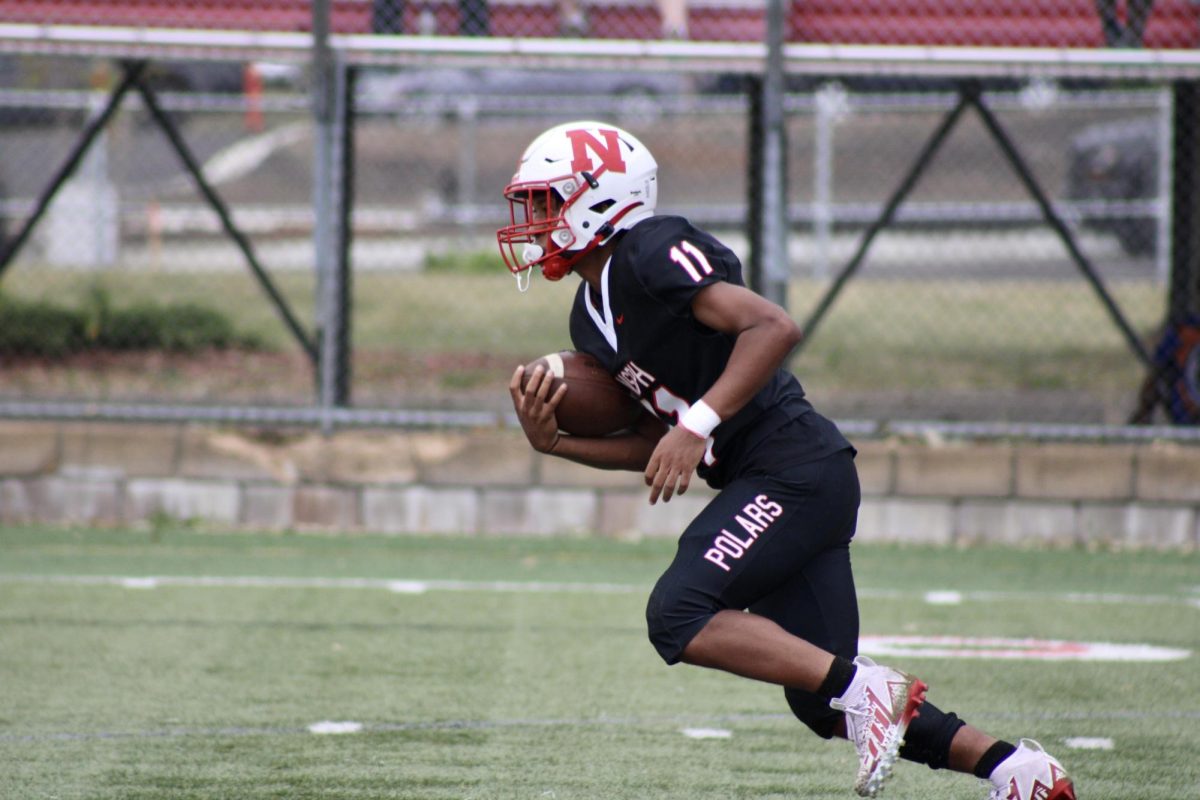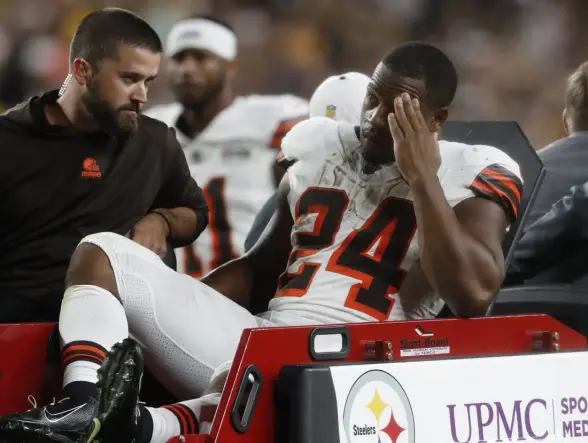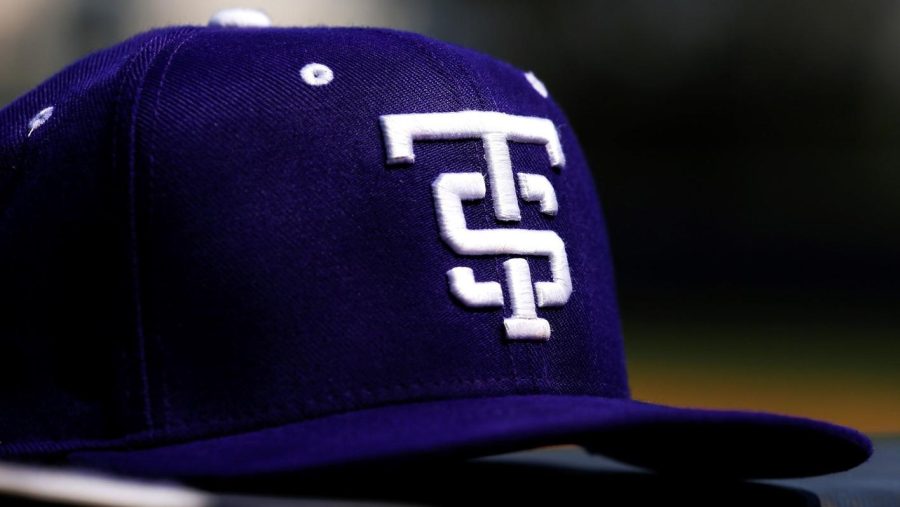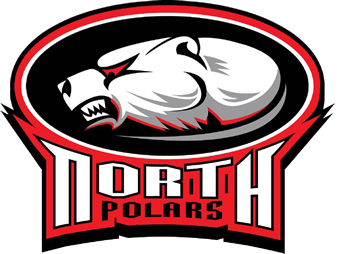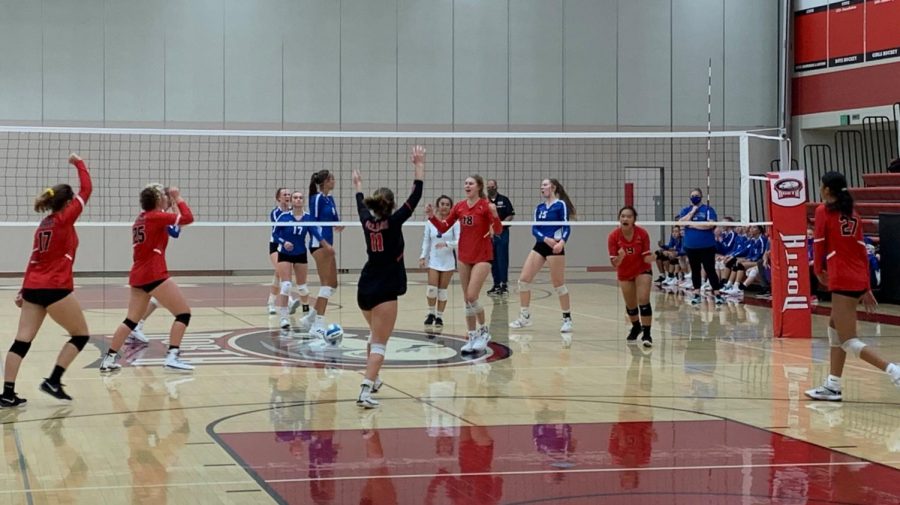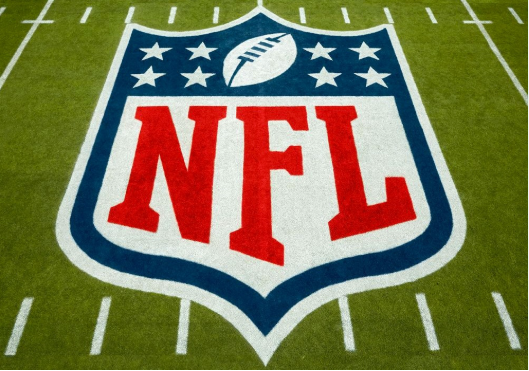
The NFL has faced increasing concerns over injuries caused by artificial turf, which is significantly harder and stiffer compared to what some players practice on—natural grass. This has led to an increase in injuries since the league implemented turf in the 1960s.
Experts say the reason behind this increase is the traction, hardness, and less forgiving nature of the turf. Turf forces players to absorb more impact when running, jumping, or landing. This makes a wide variety of injuries possible and increases the likelihood of season-ending injuries, especially on high-impact plays. Many players have fallen on turf and suffered not only season-ending injuries but also career-ending ones.
In recent years, many athletes and sports organizations have spoken out about the growing problem with artificial turf fields. Many players who compete on NFL turf fields have said things like, “We practice on grass—why don’t we play on grass?” and “The turf is the problem.” These complaints come after years of injuries such as ACL tears (anterior cruciate ligament tears) and many other knee injuries caused by turf hardness. Players have also suffered Achilles tendon injuries, ankle injuries, concussions, and even toe injuries. The list goes on, and these injuries only seem to be getting worse.
Different NFL stadiums use many types of artificial turf, and some have more injuries than others. One example is MetLife Stadium. The most recent injury that happened there was Giants star wide receiver Malik Nabers suffering a torn ACL. The list continues with numerous injuries caused by turf at MetLife. As concerns about player safety grow, the league has yet to take action or reconsider the use of turf; there have been no significant changes or decisions made.
In the 1960s, the NFL began using turf to improve durability and reduce maintenance costs, which would be much more expensive if natural grass were used. The first NFL game on turf was played in the Houston Astrodome, which was also the first domed stadium. With ongoing debates about safety, expenses, and performance, the use of artificial turf will continue to evolve, shaping how the game is played and influencing efforts to find the best surface for NFL athletes. Advances in technology have led to the development of sophisticated turf that mimics natural grass more closely, providing better traction and reducing injury risks. The grass-versus-turf debate has become even larger now because more money is being invested in developing better, more expensive turf rather than switching back to natural grass entirely.



